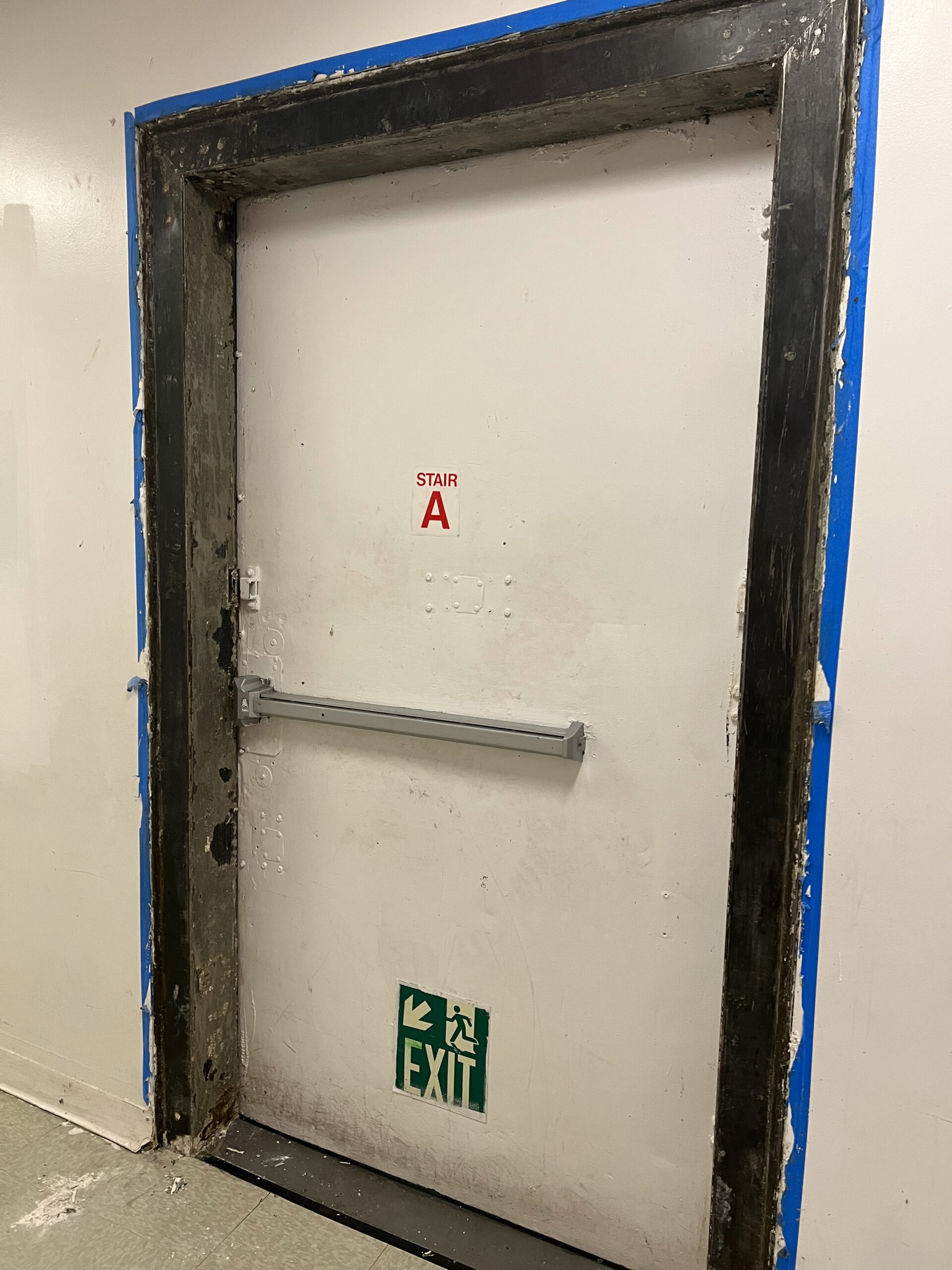NYC Lead Paint Removal Company-- Making Sure Safe and Legal Compliance
NYC Lead Paint Removal Company-- Making Sure Safe and Legal Compliance
Blog Article
Important Tools and Strategies for Efficient Lead Offense Cleaning
Attending to lead offenses efficiently necessitates an extensive approach that mixes the right tools with strategic techniques. Simultaneously, the use of specialized clean-up devices, such as HEPA vacuum cleaners and lead-specific cleansing representatives, is critical for detailed impurity elimination. Efficient containment methods, including plastic sheeting and adverse air pressure systems, are necessary to stop the spread of harmful materials.
Individual Protective Tools
Personal protective devices (PPE) is a critical element in the efficient management of lead contamination cleaning. The crucial PPE for lead clean-up consists of respirators, safety apparel, handwear covers, and eye security.
Respirators, specifically those outfitted with HEPA filters, are vital for filtering air-borne lead fragments, protecting against inhalation. Protective clothes, including coveralls and non reusable fits, avoids lead dust from adhering to workers' garments, lowering the risk of additional contamination.
Moreover, rigorous training on the proper usage and upkeep of PPE is important. Workers need to be educated on wearing and doffing treatments to prevent contamination. Routine examinations and substitutes of PPE components are essential to preserve their protective capacities, making sure a safe and compliant cleaning procedure.
Specialized Cleanup Tools

One more important device is the wet/dry vacuum, which can effectively tidy up both dust and liquid pollutants. These vacuums typically include HEPA filters to offer an additional layer of safety and security. Damp cleans or tack fabrics are likewise critical for surface cleaning; they are particularly designed to record and hold lead bits, lowering the risk of spreading contamination.
For even more stubborn down payments, specialized lead-removal cleaner are called for. These agents are developed to damage down lead particles, making them less complicated to get rid of. Scrub brushes with sturdy bristles can help in this procedure, especially on rough surfaces where lead dust often tends to stick much more strongly.
Additionally, encapsulants are utilized to secure lead-contaminated surface areas, avoiding the release of lead dust. These specialized paints and coatings are designed to stick to various substrates, giving a lasting remedy for lead containment.
Effective Control Methods
Reliable control techniques are important in mitigating the spread of lead contamination during cleanup tasks. Implementing robust control techniques makes certain that lead fragments do not migrate to unaffected areas, consequently shielding both workers and the setting (DOH & HPD Lead Violation Removal NYC).

To enhance control, encapsulants can be put on surface areas that are her comment is here not being gotten rid of or interrupted. These specialized layers bind lead dust, decreasing its schedule for resuspension. In addition, all employees have to wear ideal Individual Safety Equipment (PPE), including respirators and non reusable fits, to stop contamination spread.
Safe Disposal Practices
Making sure safe disposal techniques is an important part in the management of lead contamination cleaning. Correct disposal minimizes the threat of lead coming back the environment and threatening public wellness. The initial step is to identify and set apart lead-contaminated waste from various other materials. Safe and secure control utilizing sturdy, watertight containers is necessary to avoid spillage during transportation.
Transporting lead waste requires adherence to stringent standards. Making use of certified contaminated materials providers ensures that the products are managed sensibly. Documents, including shows up describing the type and quantity of waste, go to website need to accompany deliveries to track the waste from the website of beginning to its final disposal destination.
Designated contaminated materials disposal centers are equipped to manage lead-contaminated products securely. These facilities frequently utilize sophisticated methods such as stabilization, solidification, or chemical therapy to neutralize the lead before disposal. Landfilling in specialized, lined areas that protect against leachate from polluting groundwater is a common technique for last disposal.
Normal training for workers involved in lead garbage disposal is vital to maintain safety standards and avoid unexpected exposure. By adhering to these techniques, organizations can substantially minimize the environmental and health influences connected with lead contamination.
Regulatory Conformity Tips

Sticking to governing compliance is critical in the successful implementation of lead contamination cleaning. Understanding and adhering to government, state, and neighborhood regulations makes sure not only the safety and security and health and wellness of individuals however likewise the legal and financial wellness of the cleaning company. The Epa (EPA) establishes strict criteria, such as the Lead Remodelling, Repair Work, and Painting (RRP) Policy, which mandates correct qualification and training for professionals taking care of lead-based tasks.
Conformity begins with a detailed evaluation of relevant laws and regulations. Organizations must stay updated on any type of legislative adjustments, which can be helped with with routine training sessions and signing up for market updates. Paperwork is another important conformity facet; maintaining comprehensive records of all tasks, including examination records, staff member training logs, and disposal materializes, is crucial.
Moreover, involving with certified lead assessors or run the risk of assessors makes sure that lead threats are go right here appropriately recognized and minimized. Companies need to implement making use of Personal Protective Equipment (PPE) and ensure that safety methods are purely adhered to. Finally, transparent communication with stakeholders, including staff members, customers, and regulative bodies, will foster a society of conformity and responsibility, ultimately adding to a more secure and extra effective lead clean-up process.
Verdict
Reliable lead violation clean-up demands the integration of specialized tools and critical methodologies to make sure safety and efficacy. Individual safety equipment (PPE) safeguards workers from direct exposure, while safe disposal methods and rigorous adherence to governing compliance are vital for sensibly managing dangerous waste.
Report this page